The best sisal
THE USES OF SISAL
Multiple potentialities
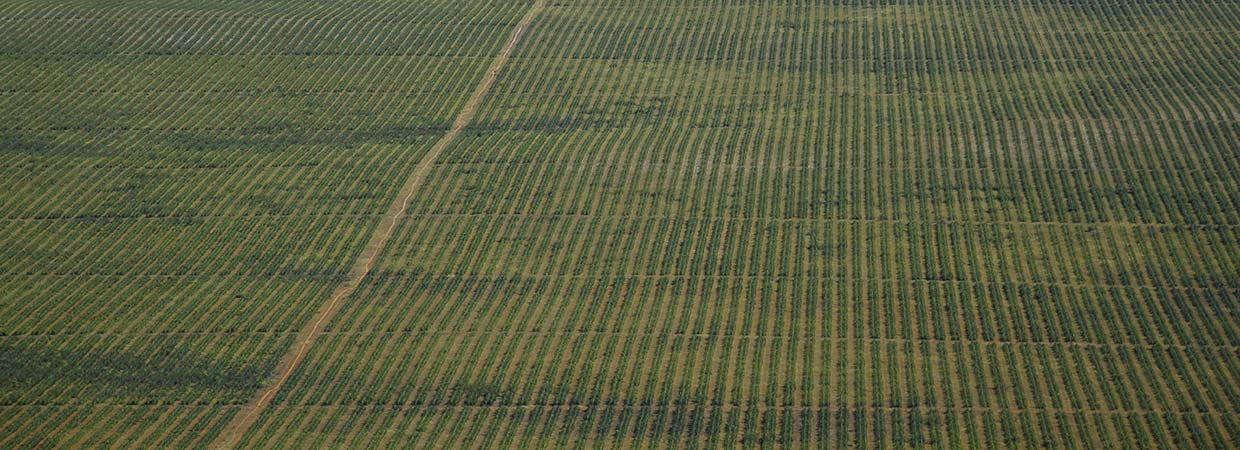
The applications of sisal are very diverse: twine, rope, or polishing cloths are made from this robust plant and admirable for its aesthetics.
A thick and solid fiber, sisal is also increasingly used in composite materials for the automotive, furniture and construction industry. It is also found in plastics and paper products.
THE PLANT
A resistant and beneficial plant
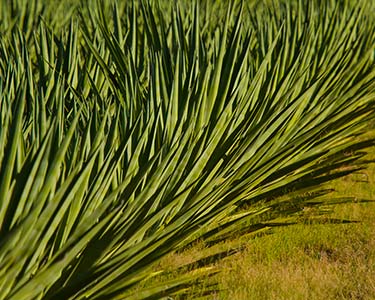
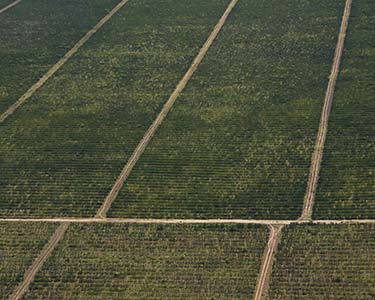
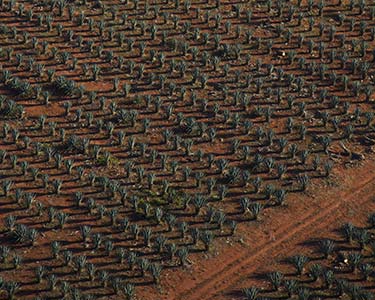
This resistant plant grows throughout the year in warm, arid spaces often unsuitable for other crops. Sisal can be harvested five years after being planted and its productive life can reach up to 12 years. Each plant of sisal produces on average between 200 and 300 sheets and each contains about 1000 exploitable fibers.
THE PROCESS
Harvesting and extraction of sisal fibers
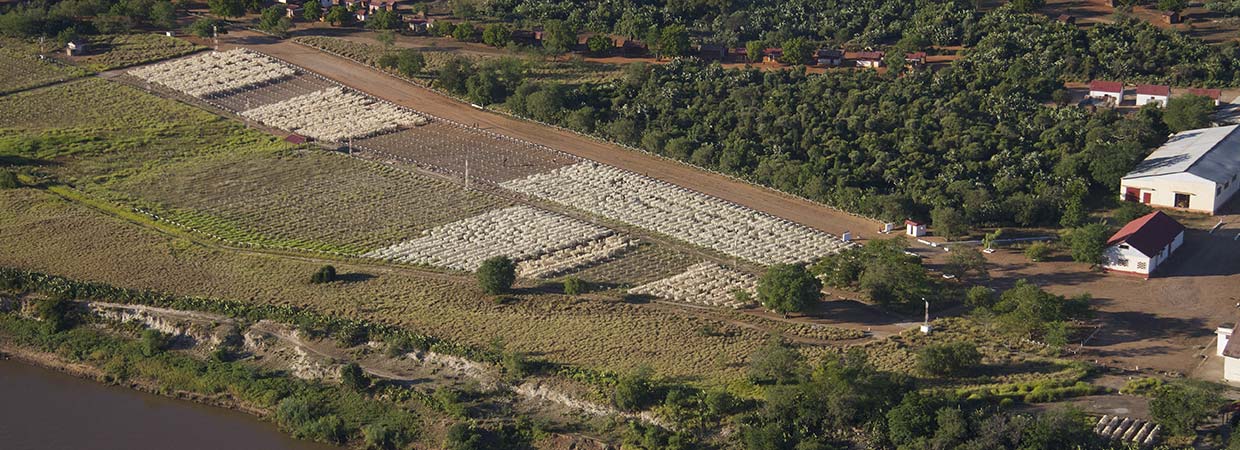
The sisal leaves are harvested by hand at the coolest hours of the day and brought by truck to the factory. After harvesting, the sisal leaves are placed under a large wheel to separate the fibers and then rinsed. This technique, more delicate than a Brazilian dry flayer, makes it possible to extract the fibers without damaging them. The fibers are then dried naturally between 24 and 48 hours in the sun.
Once dry, the fibers are patiently sorted according to their quality and then according to their length before being brushed energetically in drums 30 cm in diameter in order to smooth them and clear them of any impurities. They are then put in press to be packed in bales of 200 kg.
